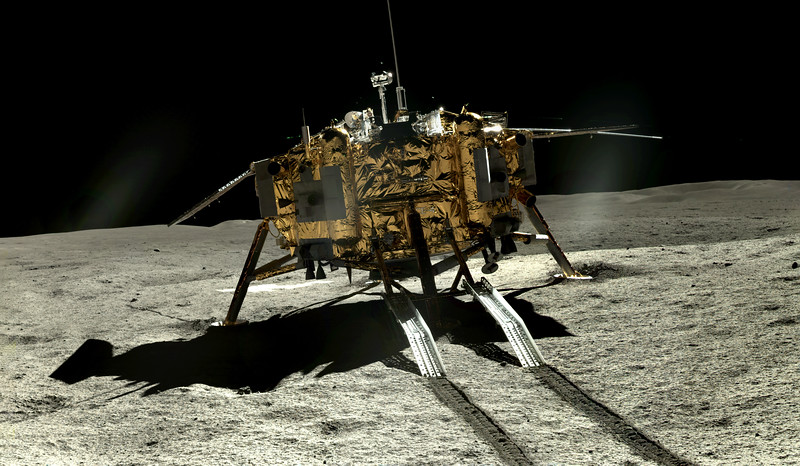In ten days, SpaceX and the payment processing company Shift4Payments will be making history as four commercial astronauts board the Crew Dragon Resilience and fly to space. This mission, known as Inspiration4, will be the first all-civilian flight in history, the purpose of which will be to raise awareness, funds for St. Jude Children’s Research Hospital and inspire the next generation to seek out education and employment in the STEM fields.
In preparation for this moment in spaceflight history, the four-person crew got a chance to see a key piece of hardware that will make the mission special. This was the Crew Dragon cupola, a domed glass window that replaced the usual docking adapter on the front of the spacecraft. Before it was shipped off to Florida to be integrated with the rest of the spacecraft, the crew got a chance to peer through the dome and imagine what it will be like to do so in space!
This event, shared via Twitter, took place at the SpaceX headquarters in Hawthorne, California, this past Wednesday (Sept. 1st). One by one, the four-member crew got a chance to pose inside the cupola as part of a campaign to raise awareness about the first all-civilian flight. This mission will not only be a milestone in spaceflight. It also illustrates how commercial spaceflight and public-private partnerships are making space more accessible and beneficial.
This mission is named in recognition of the four-person crew that will go to space to raise awareness and funds for St. Jude Children’s Research Hospital. They include Mission Commander Jared Isaacman, Mission Pilot Dr. Sian Proctor, Medical Officer Hayley Arceneaux, and Mission Specialist Chris Sembroski. Each person was carefully selected based on the skills and experience they bring to the mission and represent a specific part of the overall theme.
Jared Isaacman: a former member of the
Black Diamond Jet Team, philanthropist, founder of the world’s largest private air force training program (
Draken International), and founder/CEO of Shift4 Payments (Inspiration4’s sponsor), Isaacman is the Benefactor of this mission.Dr. Sian Proctor: a professor of geoscience, science communication specialist, analog astronaut (HI-SEAS), commercial astronaut, founder of
Space2Inspire, and space advocate with a history of family service with NASA, Dr. Proctor embodies the spirit of Prosperity for this mission.Hayley Arceneaux: having survived cancer at a young age, Arceneaux went on to become a Physicians Assistant (PA) at St. Jude Children’s Research Hospital (the very place where she recieved her treatment). She embodies the spirit of Hope for this mission.Chris Sembroski: an aeronautical engineer, an officer with the US Air Force (retired), a former U.S. Space Camp counselor, and current STEM advocate, Sembroski has always aspired to share his passion for space with others and embodies the spirit of Generosity on this mission.
Once the crew selection process was complete, and the winners announced in March of 2021, the four-member crew began the six-month training process in preparation for spaceflight. This included parabolic flights (aka. zero-g flights) to accustom them to the feeling of being weightless, altitude training (climbing Mount Ranier), centrifuge training, Dragon simulations, observations of other launch operations, and additional classroom, simulation, and medical testing.





























